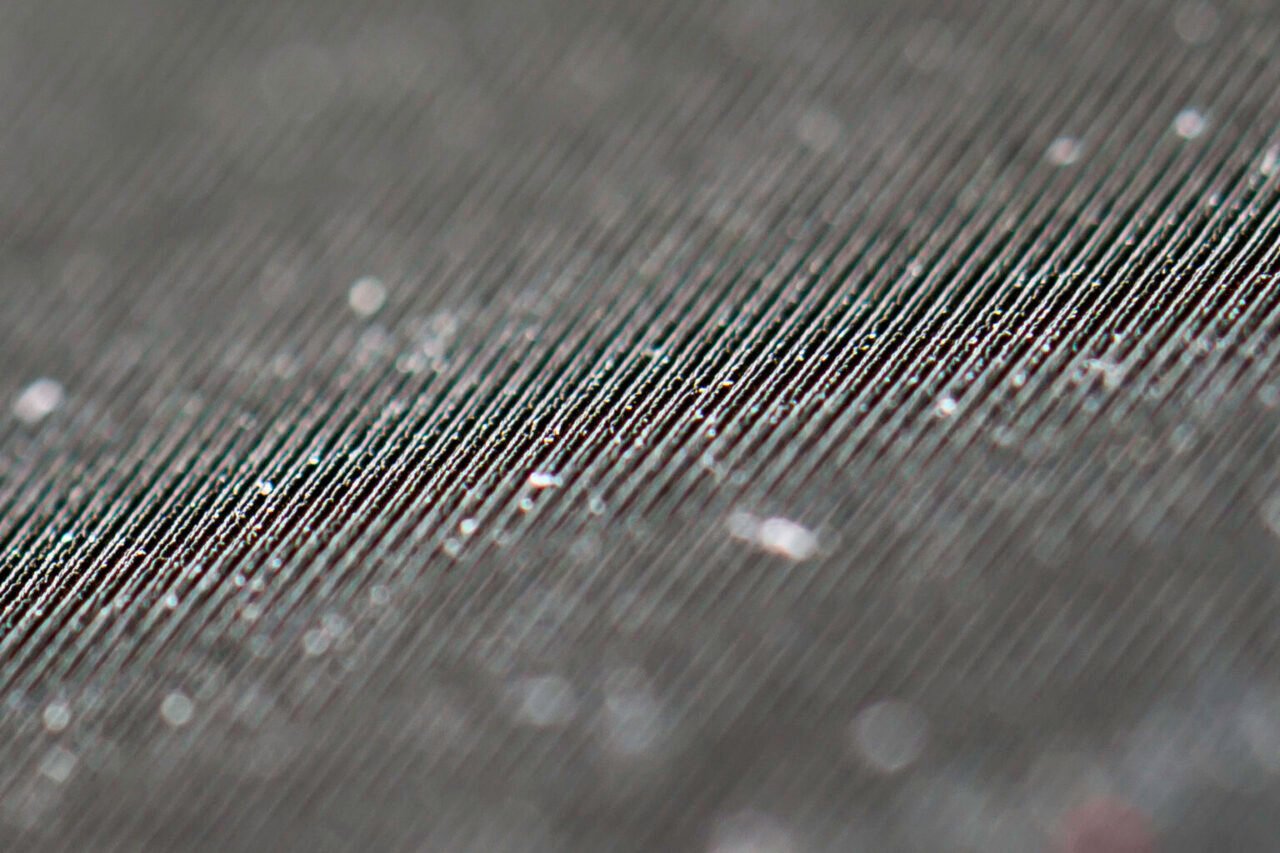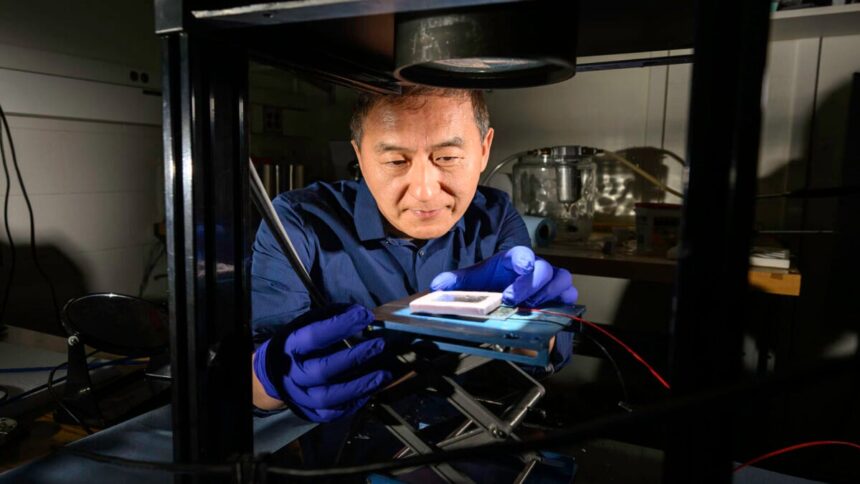Several years ago, an optics expert developed a technique for turning shiny metals pitch black. The trick resulted in a material perfectly suited for absorbing sunlight—so much so that generators built with it produced 15 times more power than comparable devices.
The team used black metal to develop a new design for solar thermoelectric generators. Known as STEGs, they can convert various types of thermal energy into electricity. However, technological limitations significantly curbed their potential, with energy output converting just 1% of sunlight into electricity—mediocre compared to about 20% for residential solar panel systems. The new design, published on August 12 in Light: Science & Applications, overcomes this challenge by allowing for very precise control over each layer of the device, some of which were constructed from black metal.
STEGs normally have “hot” and “cold” sides sandwiched by semiconductor materials, and the temperature difference between the two sides generates electricity through a phenomenon called the Seebeck effect. For decades, the focus was on improving the semiconductor materials to better control the heat difference, as Chunlei Guo, the study’s senior author and material scientist at the University of Rochester, explained in a statement. That approach had limited success, which was why Guo—the creator of black metal technology—explored other elements, namely these hot and cold sides.
Guo’s design hinged on three fabrication strategies that relied heavily on lasers. First, his team treated tungsten with femtosecond laser pulses—ultrashort beams flashing the metal at scales of one quadrillionth of a second—to transform it into black metal. Specifically, they engineered the material so that it would be optimized to absorb sunlight while minimizing the possibility of unwanted heat losses.
Next, they covered the treated tungsten with a piece of plastic, making a “mini greenhouse” that maximized the hot side’s capacity to trap heat, Guo said. Finally, to balance things out, the team once again used femtosecond lasers to manufacture a special heat sink from aluminum. These nanostructures doubled the cooling performance of the cold side, the researchers explained.

To validate their design, the team performed a simple experiment in which they tested this thermal management design by lighting LEDs. As expected, their setup allowed the STEG to fully power the LED at maximum brightness at considerably lower illumination levels, the researchers wrote in the study. The device is also compact and relatively lightweight, meaning it could “potentially power microelectronic devices, such as autonomous sensors for weather monitoring and agriculture applications, and smart devices,” the study states.
For fans of metal music and solar power, this research should come as no surprise. When it comes to clean energy, black metal really does go hard.
Read the full article here












